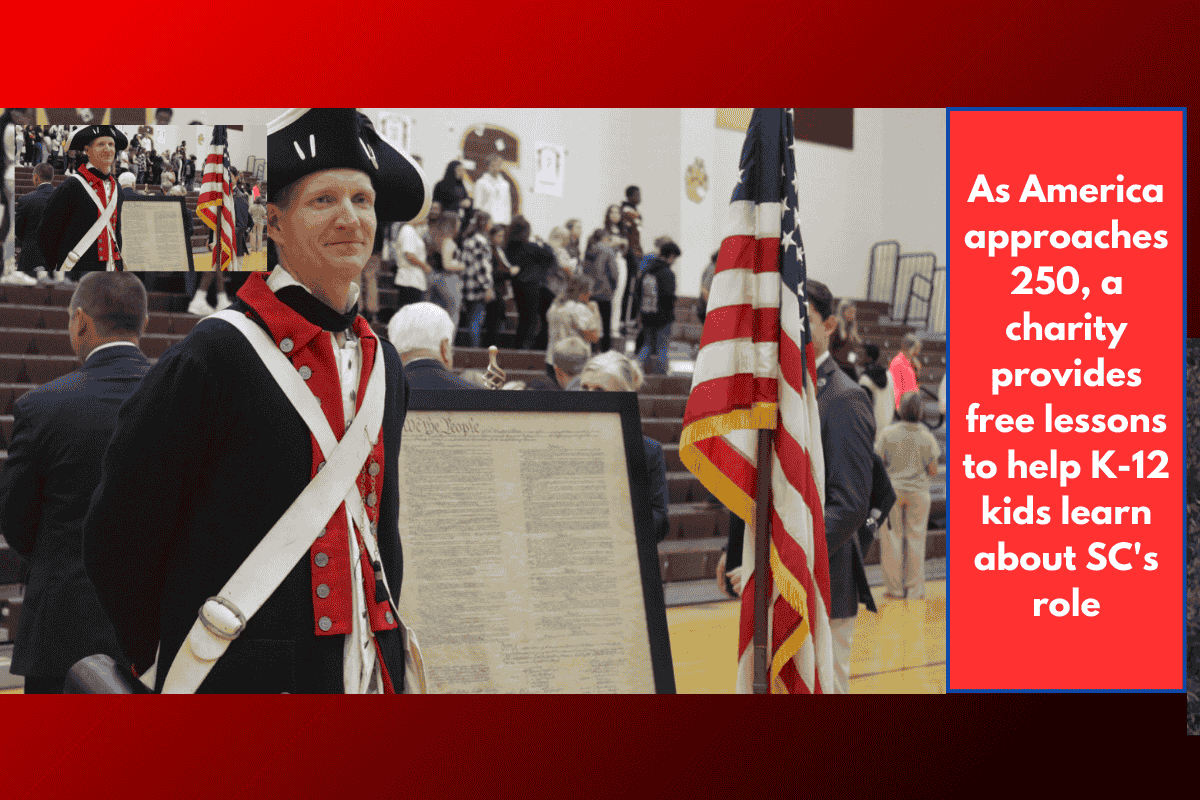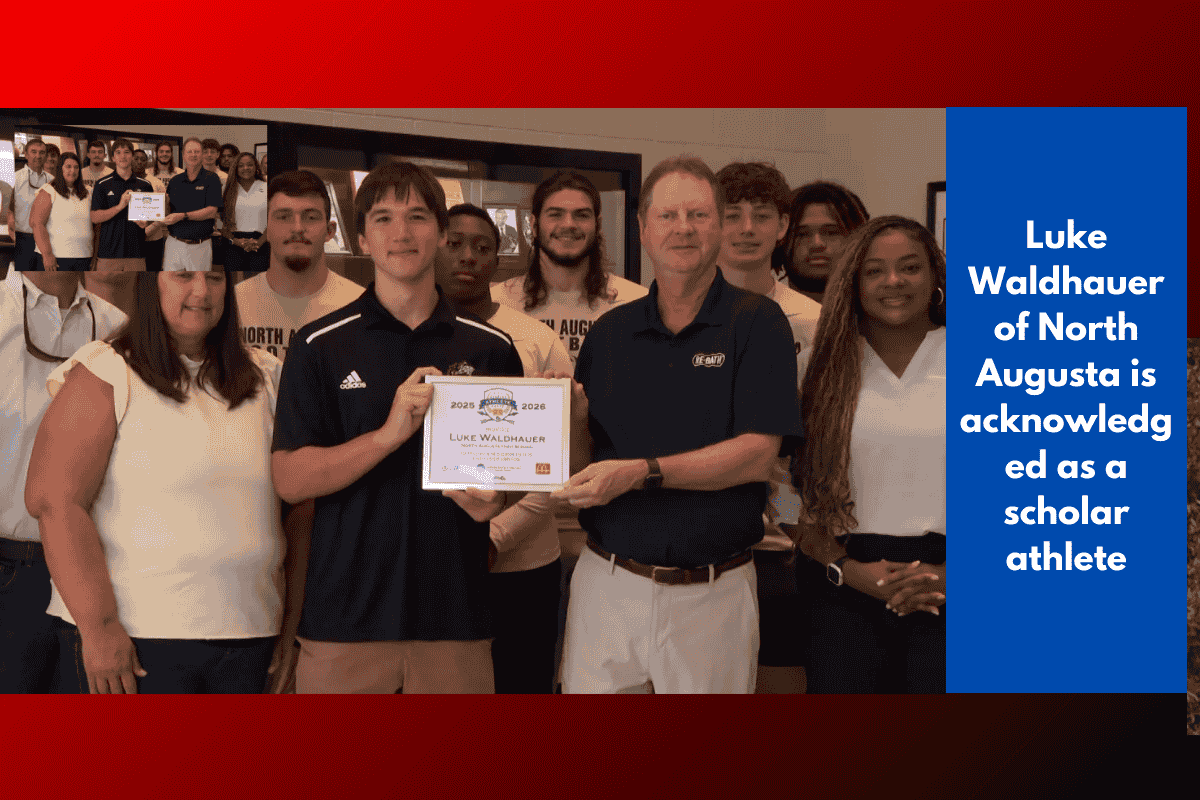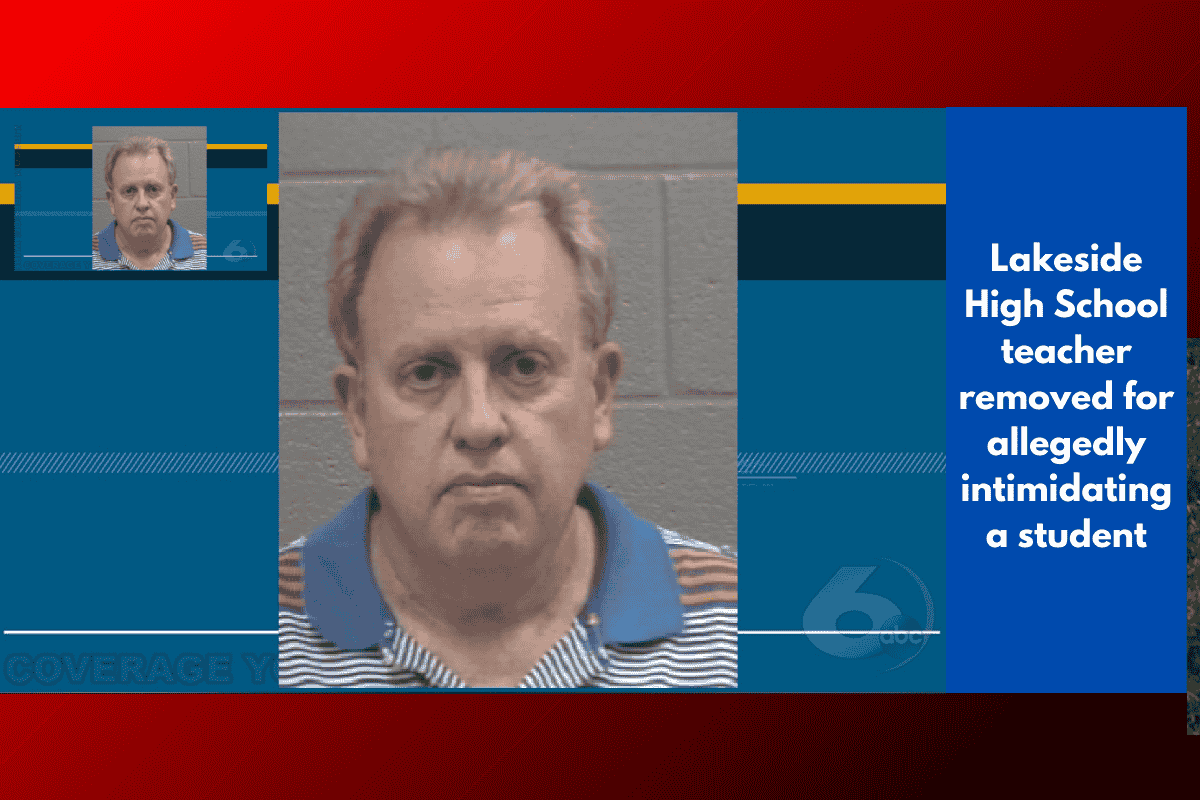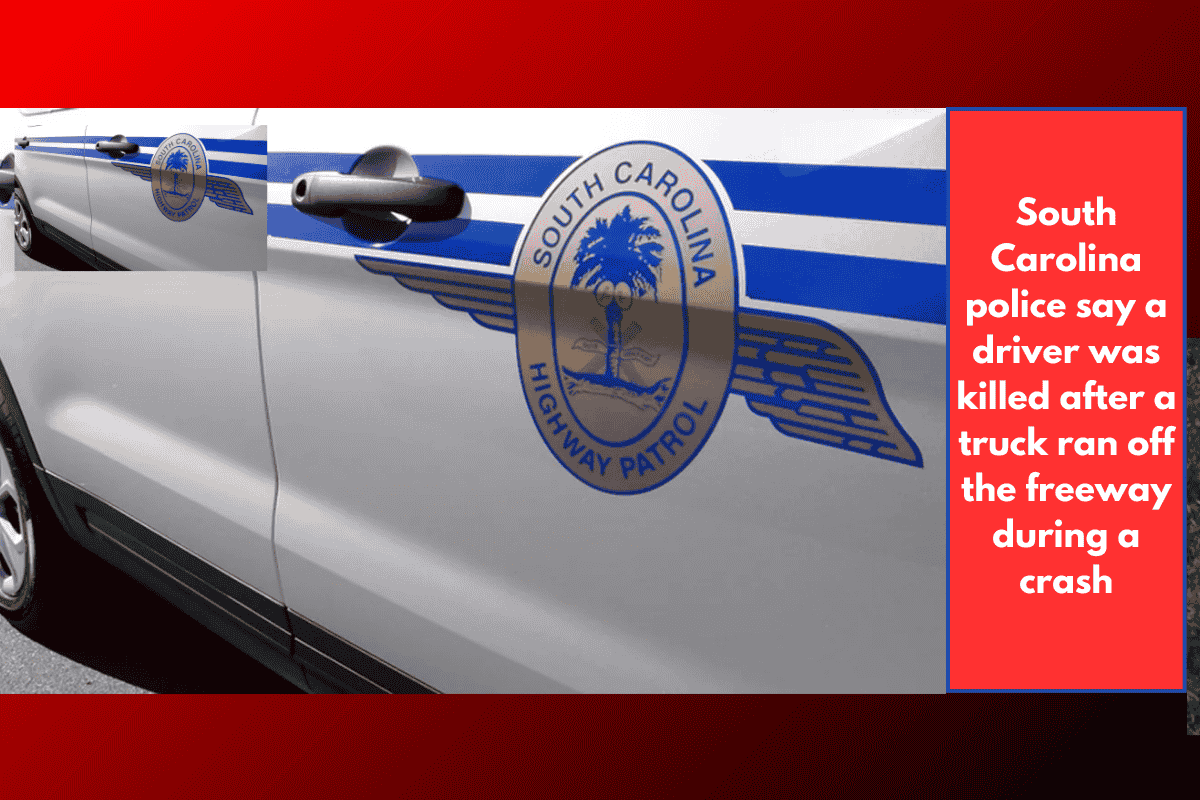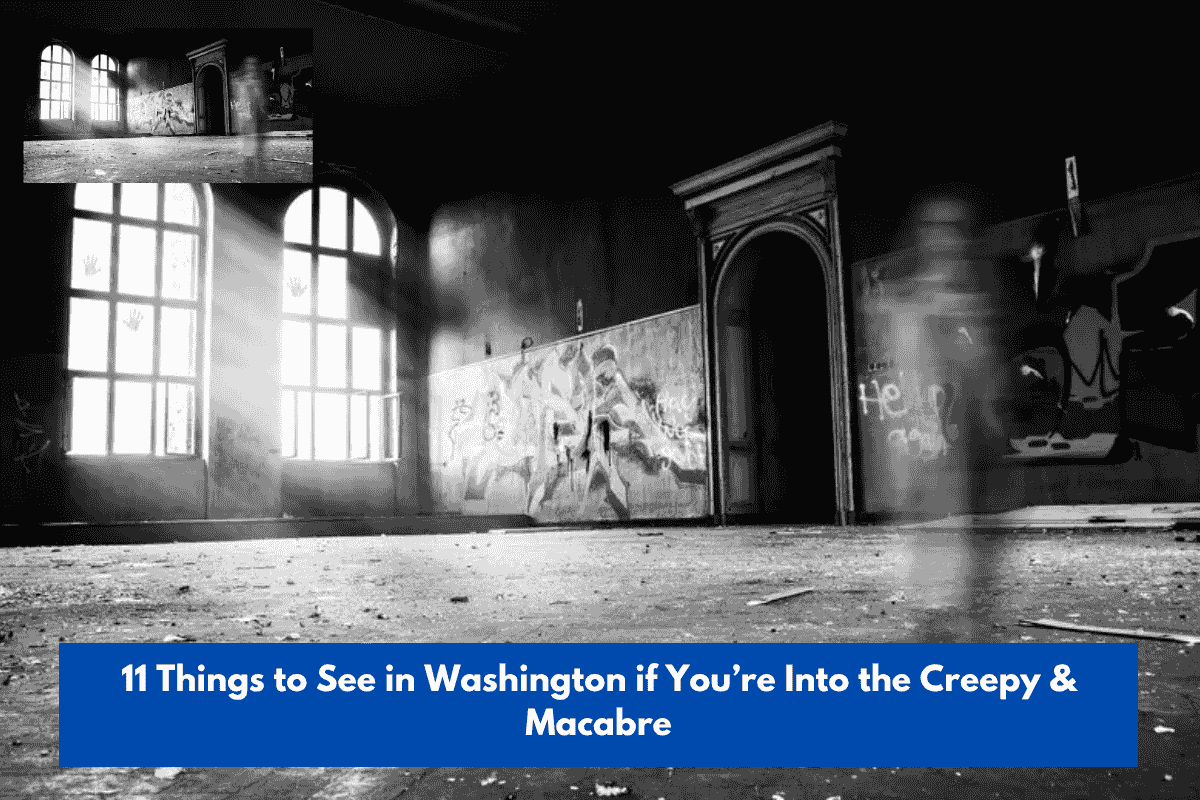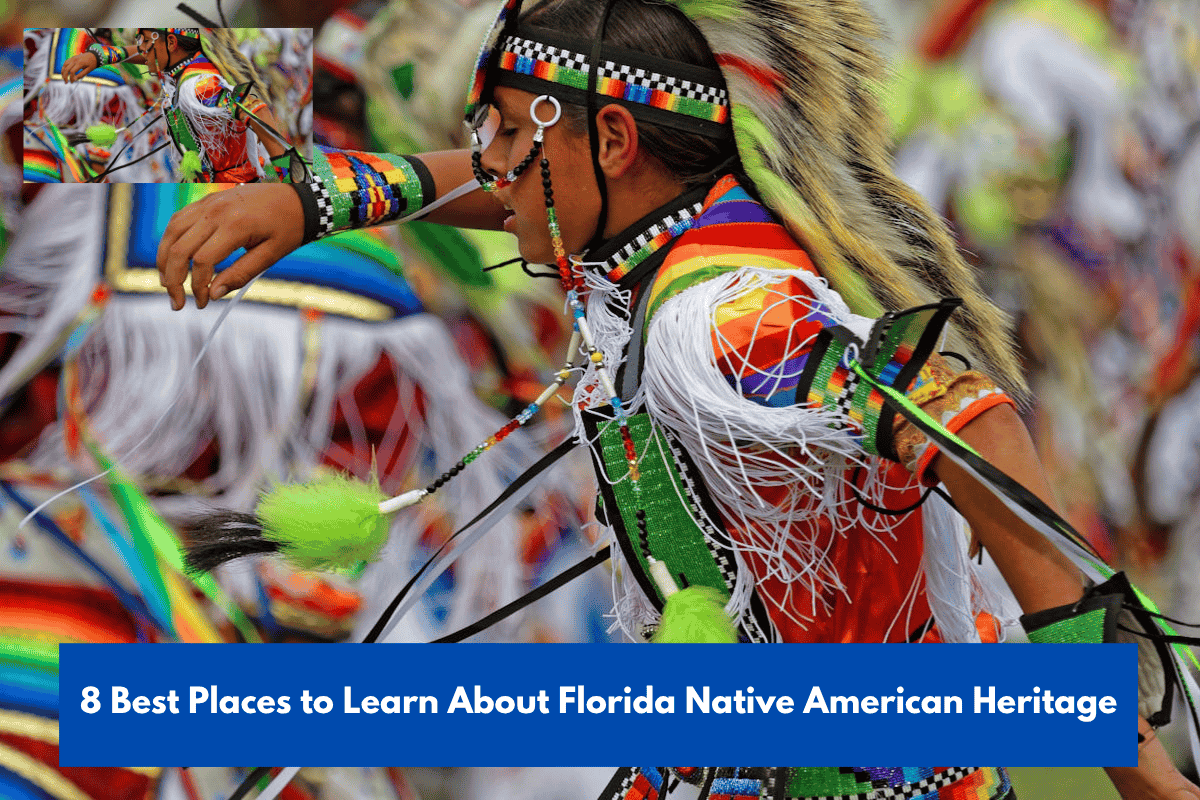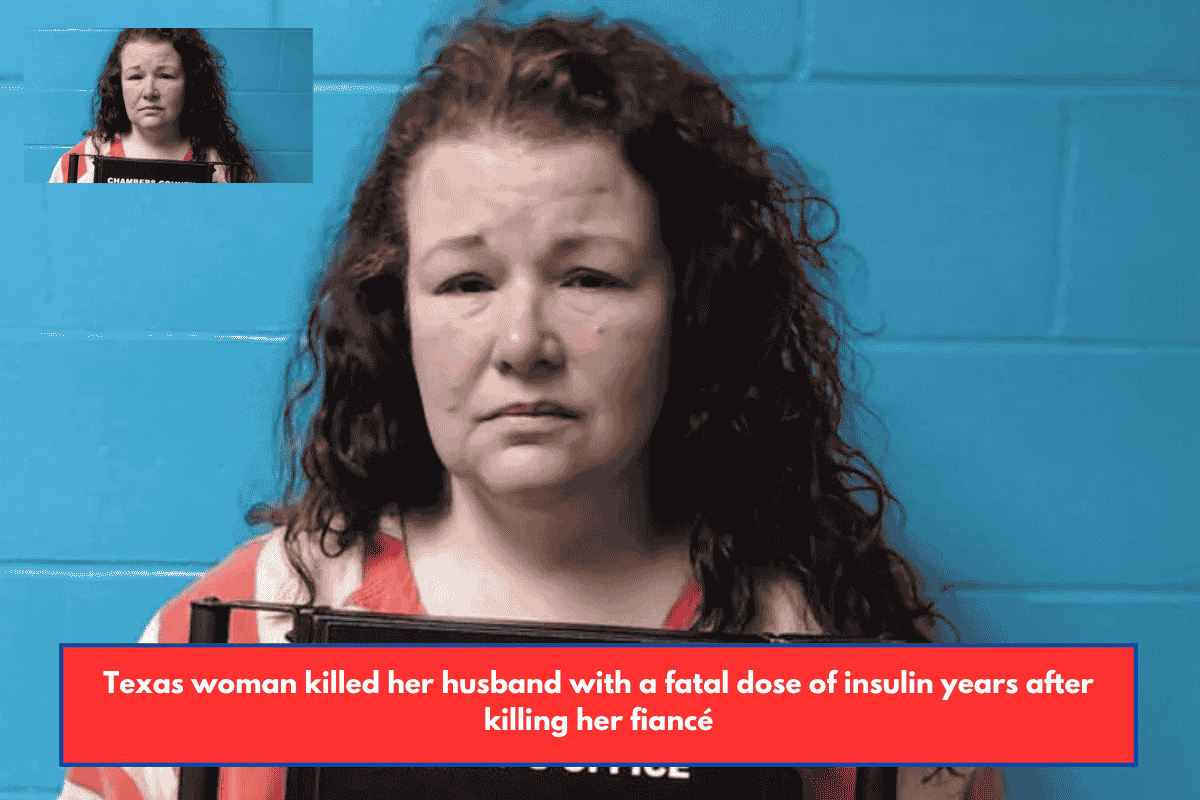Joe Cashman, a park ranger at Ninety Six National Historic Site, stands next to a facsimile of the United States Constitution at Edgewood Middle School on Wednesday, September 17, 2025. (Photo by Skylar Laird/South Carolina Daily Gazette)
NINETY SIX — Nearly 250 years ago, just a mile from Edgewood Middle School, the South fought its first land fight in the Revolutionary War.
The Department of Education announced Wednesday that K-12 students across the state would be able to study more about the Battle of Ninety Six in November 1775, as well as other major personalities and events in South Carolina’s military history, through virtual tours, information sheets, and interactive maps.
According to state Superintendent Ellen Weaver, teachers now have access to free, optional lessons that highlight the state’s part in winning America’s independence, which will help bring South Carolina’s outsized role to life.
“There are so many special things about the state of South Carolina that I want every student in our state to know and to love,” Weaver informed the audience.
This is the first time the American Battlefield Trust, a charity dedicated to preserving battlefields and educating people about their history, has provided resources on the conflict targeted exclusively to a single state, according to Van Hipp, a trust board member.
Preserving battlefields is one thing, but ensuring that people understand what happened there and its significance is a critical component of ensuring that history is not forgotten. Forgetting history means forgetting the basis of freedom upon which the country was formed, according to Hipp, who lives part-time in Georgetown.
“Without telling the stories and passing them down, in a generation or two, our work will have lost its meaning,” Hipp told me.
The curriculum is also free to the state because it was supported by a charity through private donations. Weaver stated that all supplied resources are aligned with state standards for each grade level. That means teachers can utilize them to help pupils prepare for what they are meant to learn.
Although the resources are part of the state’s Palmetto Civics Project, a collection of historical resources for instructors, Weaver explained that they are not limited to history and social studies programs. Any teacher who can incorporate the tools into their classroom should feel free to do so, she said.
Weaver suggested that teachers could use one-page papers on prominent Revolutionary War figures to teach pupils about exceptional attributes and life skills.
“Young ladies and young men, I want you to remember that you are the legacy of these amazing American patriots, who bled and fought for our freedom right here on the soil of South Carolina, winning the American Revolution and setting us on a trajectory of freedom and continuous improvement,” Weaver said to approximately 100 students at Edgewood Middle School.
She used William Jasper’s tenacity as an example of a life lesson that kids might learn from history.
During the Battle of Sullivan’s Island in June 1776, the Patriots’ first conclusive victory, Jasper braved enemy fire to recover a flag shot down from the island’s fortress. South Carolina’s flag is a blend of the crescent on the 1776 indigo banner and the Palmetto tree, Weaver explained to the children.
(Cannons rebounded off the palmetto tree trunks that made up the fort, contributing to the British Royal Navy’s defeat in the conflict.)
“It’s really just about the teacher and their creativity in terms of how they want to deploy these resources to support their students’ learning,” Weaver told me.
Students already learn about the Revolutionary War and state history in social studies classes, but viewing the locations where fights took place might help them understand the significance of the war, according to Weaver.
A movie will guide pupils through historical places in Charleston, not just from the Revolutionary War, but from other periods of history.
According to the lesson plan, students can tour Fort Sumter in Charleston Harbor, where the Civil War began, learn about the history of the Confederate submarine H.L. Hunley, and learn about Gullah Geechee culture at Boone Hall Plantation.
Weaver’s understanding of history was molded by touring through historical landmarks and being in the same areas as the people she studied, she said.
“That’s the experience I want our students to have,” Weaver told me. “To see that these battlefields, these historic sites, of which we have so many here in South Carolina, are actual places where real people fought and died so they could be free today.”
As the country’s birthday approaches next year, Weaver is encouraging other states to adopt the curriculum and teach children more about South Carolina’s role in the Revolutionary War, she said.
The news came on the 238th anniversary of the signing of the United States Constitution, which is a wonderful example of how history continues to unfold over 250 years after the country’s inception, according to Beth Taylor, superintendent of Greenwood School District 52.
During Wednesday’s assembly, a middle school student read the Constitution’s preamble.
The curriculum’s historical stories are not limited to South Carolina. “They are America’s stories,” Taylor explained.
“And now, they are our stories to continue,” Taylor said. “Let’s continue to honor the sacrifices of the past, celebrate the freedoms of the present, and work together to continue building a stronger future for the children of our country.”

